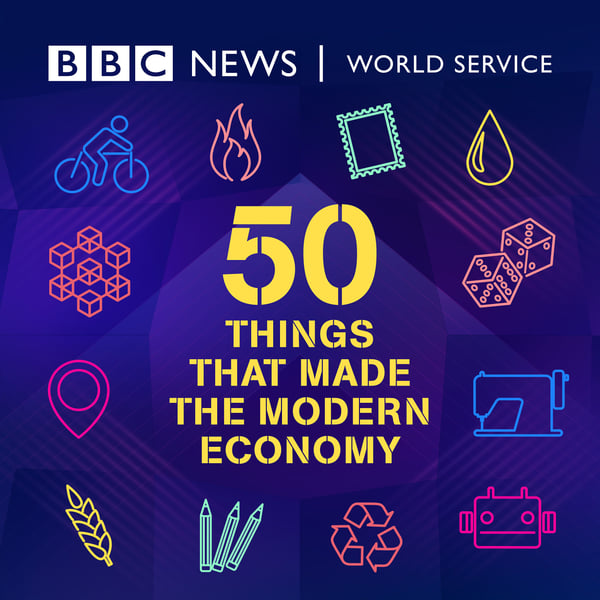Pencil
50 Things That Made the Modern Economy
BBC
4.8 • 2.6K Ratings
🗓️ 17 June 2019
⏱️ 10 minutes
🧾️ Download transcript
Summary
Transcript
Click on a timestamp to play from that location
| 0:00.0 | 50 Things That Made The Modern Economy With Tim Harford |
| 0:18.2 | When Henry David Thoreau, the great 19th century American essayist, made a comprehensive list |
| 0:25.1 | of supplies for an excursion, he specified obvious items such as a tent and matches, |
| 0:31.2 | and also included paper and stamps to make notes and write letters. |
| 0:36.8 | Strange then, that he omitted the very pencil with which he was making the list. |
| 0:42.6 | Stranger still, when you realise that Thoreau and his father made their money by manufacturing |
| 0:49.2 | high quality pencils. The pencils seem fated to be overlooked. We don't even give it the courtesy |
| 0:58.4 | of a sensible name. Pencil is derived from the Latin word penis, which means tail. |
| 1:05.3 | That's because Roman writing brushes were made from tough to fur from an animal's tail. |
| 1:11.6 | Lead pencils achieve the same effect without needing ink, or indeed lead. |
| 1:17.8 | It's actually graphite. But the pencil does have some champions. |
| 1:23.5 | Henry Petrosky, a historian of the pencil, points out that its very erasability makes it indispensable |
| 1:30.7 | to designers and engineers. Ink is the cosmetic that ideas will wear when they go out in public, |
| 1:38.0 | he writes. Graphite is their dirty truth. If Petrosky has peaked your interest in pencil history, |
| 1:46.4 | you can go to England's Lake District and visit the Derwent Pencil Museum. There you can |
| 1:52.2 | learn the answer to a perennial question. How do they get the graphite inside the wood? |
| 1:59.0 | The trick is to take a slim slab of kiln-dried cedar wood and saw a row of grooves into the top |
| 2:06.5 | surface. Originally, the grooves were square, easier to cut by hand. Now, their precision |
| 2:13.5 | machined with a semi-circular cross-section. Once the cylindrical rods are laid into the grooves, |
| 2:20.0 | glue another grooved slab on top, this time with the grooves in the bottom, and then cut the whole |
| 2:26.0 | graphite sandwich into sticks parallel to the graphite rods. These sticks are unformed pencils, |
| 2:33.4 | so plain, varnish and the job is done. And then there's the American economist |
... |
Please login to see the full transcript.
Disclaimer: The podcast and artwork embedded on this page are from BBC, and are the property of its owner and not affiliated with or endorsed by Tapesearch.
Generated transcripts are the property of BBC and are distributed freely under the Fair Use doctrine. Transcripts generated by Tapesearch are not guaranteed to be accurate.
Copyright © Tapesearch 2025.

